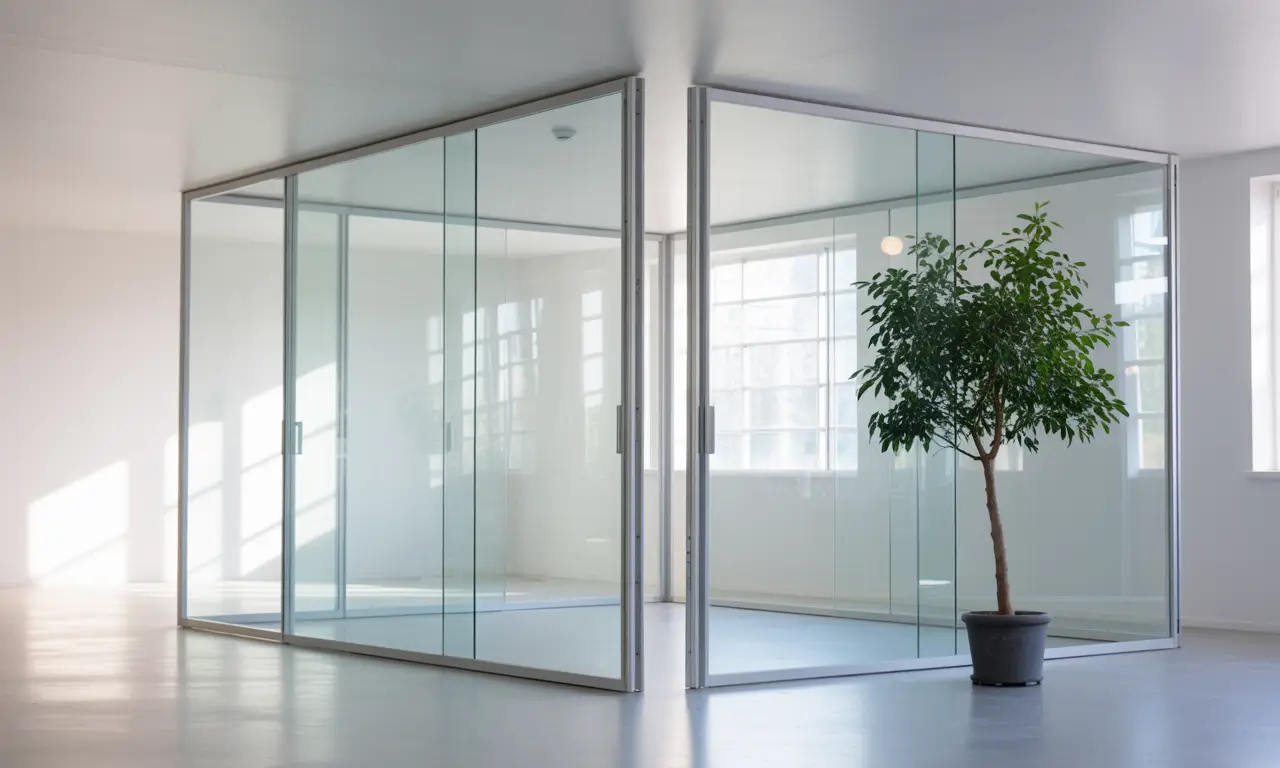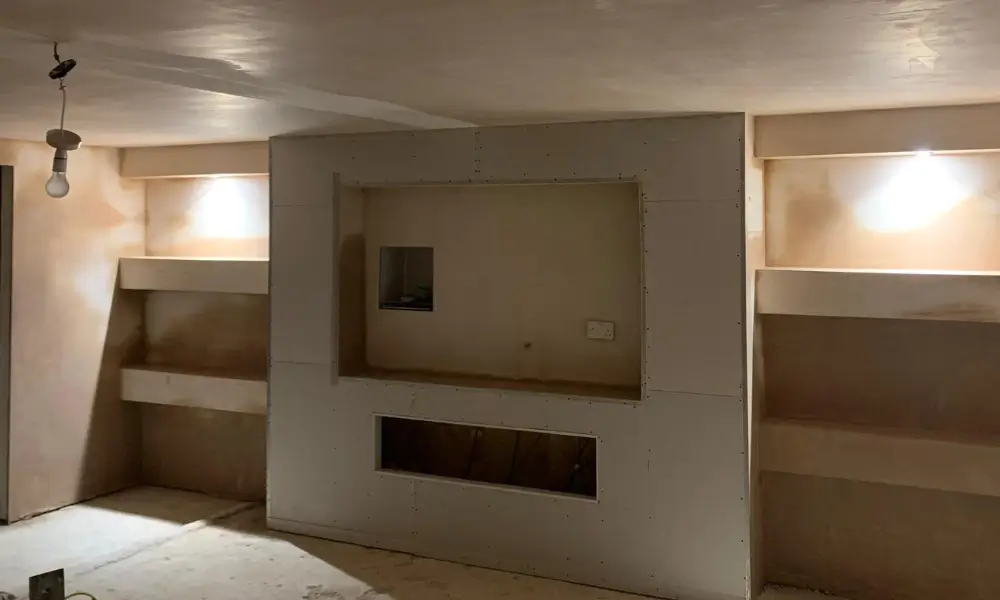
3mins

Drylining is a popular and versatile construction technique used in modern building projects to create smooth, durable walls and ceilings. It has become an essential part of construction and renovation due to its speed, efficiency, and cost-effectiveness. In this guide, we’ll explore what drylining is, its benefits, the materials involved, and how it compares to traditional plastering methods.
Drylining is a method of attaching plasterboard (or drywall) to a wall, ceiling, or timber/metal framework without the need for wet plaster. The technique is widely used in both commercial and residential projects to create a clean, even surface that can be decorated immediately after installation.
The term “drylining” refers to the fact that no wet materials, such as traditional plaster, are required during the process. Instead, boards are secured using adhesives, screws, or clips, making the installation quicker and less messy compared to older methods.
Drylining offers several advantages over traditional plastering, making it a go-to choice for modern construction projects:
Drylining is significantly faster to install compared to traditional wet plastering. This makes it ideal for projects with tight deadlines or where efficiency is a priority.
The materials and labour involved in drylining are generally more affordable than traditional plastering methods, making it a budget-friendly option for many builders and property owners.
Drylining can be used for walls, ceilings, and even partitioning. It’s compatible with various building frameworks, including timber and metal studs.
With the addition of insulation materials behind the plasterboard, drylining can improve the thermal efficiency and soundproofing of a building.
Drylining creates a perfectly smooth surface that’s ready for painting, wallpapering, or other decorative finishes.
The core material used in drylining is plasterboard, which comes in various types to suit different applications. Here are some common materials involved:
Other materials commonly used include:
Drylining is used in a wide range of construction and renovation projects, including:
Drylining is a modern construction technique that offers a fast, efficient, and cost-effective way to create smooth walls and ceilings. Its versatility and compatibility with various building types make it an excellent choice for both commercial and residential projects. Whether you’re a homeowner looking to renovate or a contractor managing a large-scale project, drylining provides a reliable solution to achieve high-quality results with minimal hassle.
If you’re considering drylining for your next project, get in touch with BAL Drylining for professional advice and top-notch installation services. We’re here to help you transform your space with ease and expertise

Copyright © 2025. BAL Dry Lining. All rights reserved.